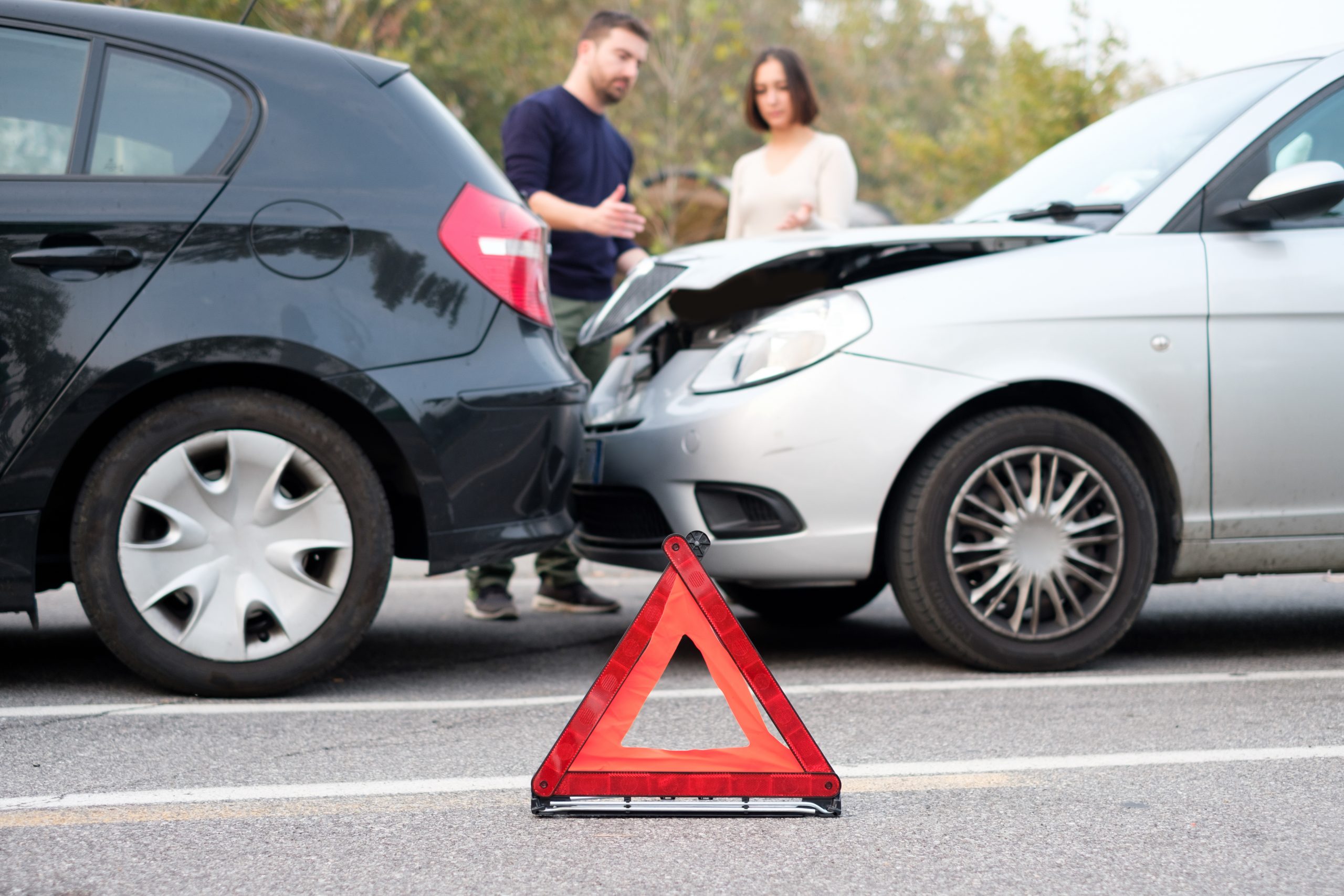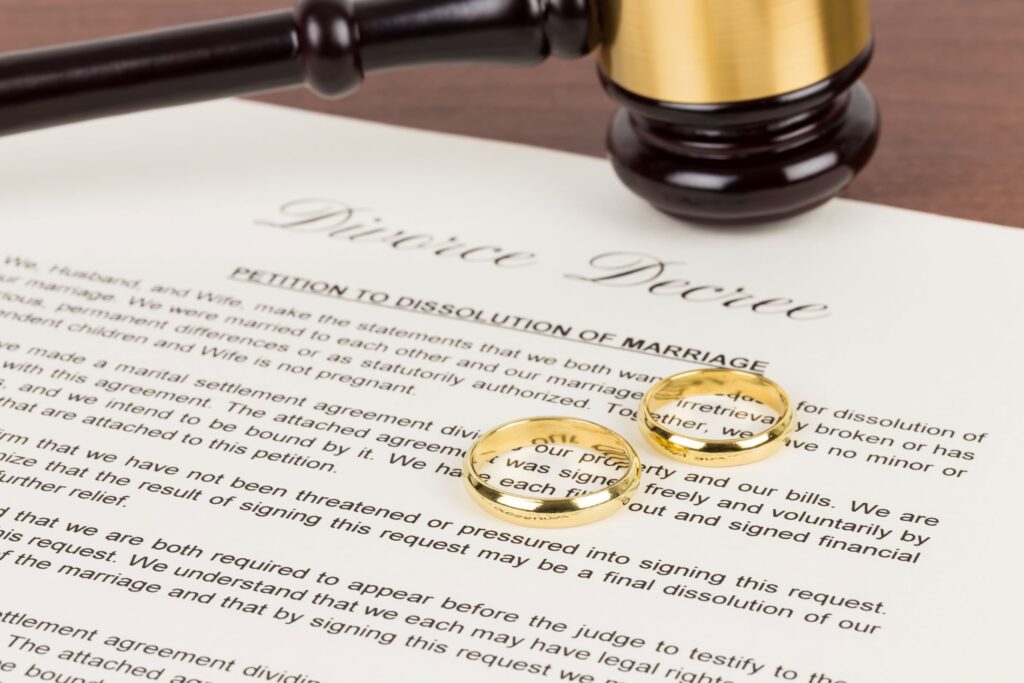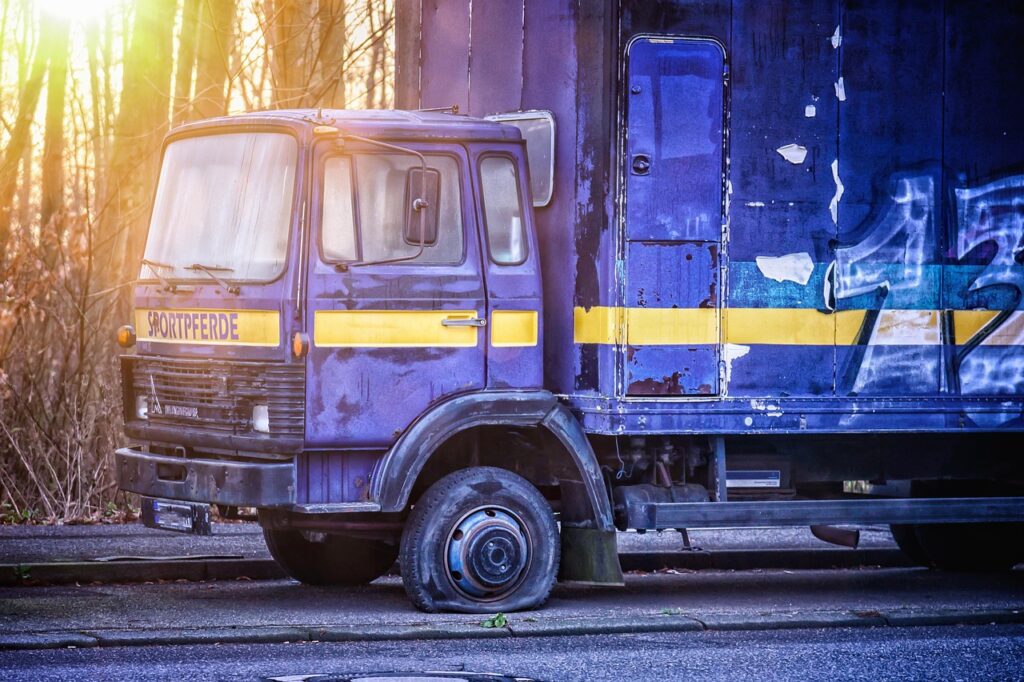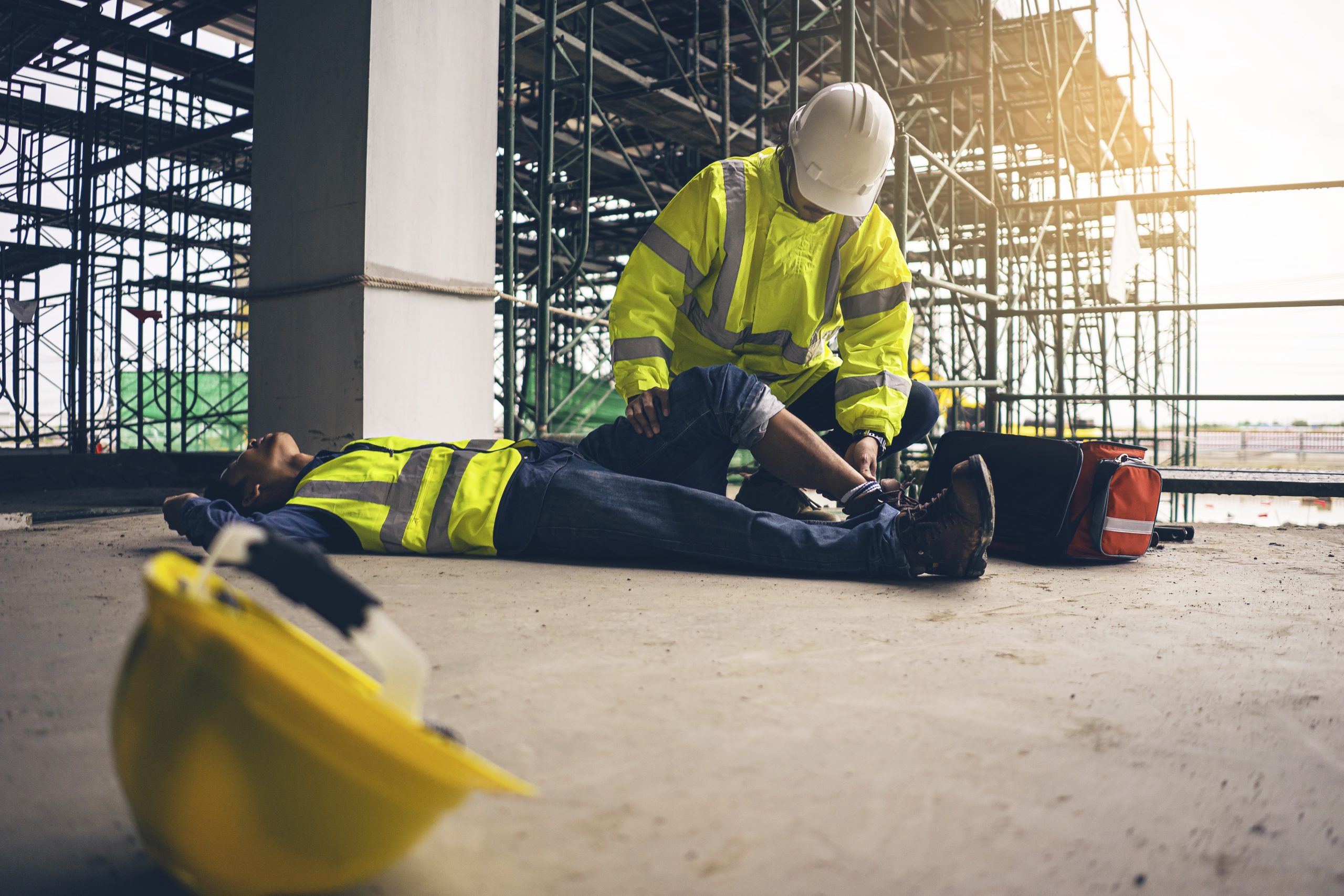Now Reading: Different Types Of Vehicular Accidents And How To Deal With Them
-
01
Different Types Of Vehicular Accidents And How To Deal With Them

Different Types Of Vehicular Accidents And How To Deal With Them
According to the Association For Safe International Road Travel (ASIRT), approximately 1.35 million people lose their lives in road accidents annually, averaging to 3,700 deaths everyday. The whopping number of road crash disabilities and fatalities is an extreme public concern. Thus, vehicle owners and drivers should be educated about proper global road safety guidelines and interventions for the sake of everyone.
Before starting with these road lessons, an important foundation that you can start with are the nature and types of vehicular accidents that occur. By knowing their classifications, you can correctly identify the right intervention for legal and safety purposes.
With this in mind, here are five different types of vehicular accidents and how to deal with them:
Parking Lot Accident
Though you might think that parking lots are safe and accident-free, they’re actually a pretty popular spot for vehicular accidents. Usually, a parking lot accident occurs when public parking spaces, such as malls and supermarkets, are jammed with people, especially on holidays and weekends.
When your car is damaged in a parking lot accident, the first thing to do is to contact your insurance provider and inform them about what happened. Record evidence of the damage by taking pictures and videos of the scene. Also, take note of the driver’s information, especially the license number and insurance company. Before leaving, find a backup–at least a few witnesses of the incident or some CCTV footage.
On the contrary, if you damaged a car in a parking lot, never ever run away from the incident despite how minor the damages are. You can be possibly sued with hit-and-run charges if they manage to find evidence of you running away. Try to find the vehicle owner through speaking with the customer service of the public facility. If they’re still not present, leave a note on the car about your information.
On your part, make sure to take photos and videos of the car’s license plate and of the damage done on the vehicle. Lastly, call the authorities for proper legal intervention.
Head-On Collisions
Two or more vehicles crashing head-on to one another can result in devastating effects. Usually, victims of the collision can suffer from extreme injuries and, worse, death. Collisions are commonly observed among negligent and reckless drivers, who are either asleep or under the influence. They can also lose control of their vehicle or become distracted.
If you happen to get involved in a head-on collision, slow down and be prepared to swerve to another lane. Find a stationary object on the road and try to crash into it, since there are less damages compared to a head-on collision. Make sure you have your seatbelt on and your airbag is working properly. Although these defensive driving decisions are difficult to make, at least opt for the one that would lead to less damage and casualties.
No matter the cause, if you’re involved in this type of accident, the first thing to do is to never move your vehicle and just let it stay in its position. The crash will be investigated by an accident reconstruction specialist to find out the cause and who’s at fault.
Rear-End Crashes
Rear-end collisions are usually caused by the inattentiveness of drivers. They usually occur at low speeds and vehicle damages are often minor. Because of this, most insurance companies assume that injuries sustained during these types of accidents are minor as well.
Whether your car was damaged or you damaged a car in a rear-end crash, find the right attorney to defend your side. In rear-end crashes, liability is certain, but its extent will still be discussed by both parties. Since rear-end crashes usually result in minor injuries, like a whiplash or broken neck, you should be able to defend yourself to get the right compensation.
Having insurance becomes handy during a rear-end collision. If you’re in a no-fault state and the other driver is uninsured, you can at least obtain it against your own policy. However, if you’re also uninsured, you have the option to sue the other driver, but it will be expensive and not worth your time.
Rollover Accidents
Usually, a rollover accident is the result of a driver losing control of their vehicle, then, turning onto its side or upside-down, even spinning multiple times, before coming to a stop. Rollover accidents usually involve larger vehicles, such as minivans, sports utility vehicles (SUVs), and light trucks.
The force and impact from rollover accidents usually send people into traumatic injuries, resulting in physical and financial losses. More often than not, defective car parts are the number one culprit of these accidents.
If you’ve obtained severe injuries after a rollover accident, your medical bills will surely pile up. Still, you may be able to file a lawsuit as long as these circumstances will be justified:
- Road construction was in poor condition.
- The road is poorly maintained.
- Your car wasn’t equipped with adequate roll cages and bars that can help stabilize your vehicle’s roof during the accident, possibly worsening your injuries.
- Another negligent driver has caused the accident.
- The vehicle’s airbags failed to activate due to a manufacturing defect, resulting in worse injuries.
- You’re not sufficiently informed about your vehicle’s defects.
Hit And Run Accidents
Hit and run accidents, which are probably the most difficult to be involved in, are considered as a grave crime. A hit and run accident occurs when you’re hit by a driver who didn’t stop to attend to your damages and quickly ran away. Because of this, it’s extremely difficult to collect compensation and be served with justice.
Hit and run drivers usually flee the scene due to the following reasons:
- Panic and shock
- No driver’s license or auto insurance
- Has an outstanding warrant of arrest for other charges
Nevertheless, there’s no valid excuse for fleeing the accident scene. If you’re a victim of this crime, here are some things you can immediately do:
- Don’t attempt to follow the driver anymore since they can be dangerous.
- Immediately call 911 and report the accident. Provide necessary information that you can remember: license number, car description (make, model, color), or the driver’s visual description. This also applies if you’ve witnessed a hit and run accident.
- Try searching for witnesses–ask for their permission and take note of their personal information.
- Record evidence of the accident.
Conclusion
Vehicular accidents are unexpected, debilitating events that you can possibly encounter at least once in your life. Even though you’re a disciplined driver following driving rules and regulations, there are still external factors that can put your life at risk. Thus, it pays to be informed about these types of accidents and the proper methods of dealing with each of these. Most importantly, make sure that you get yourself a car insurance as soon as possible as it can save you in more ways than you know










